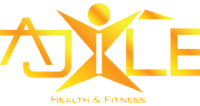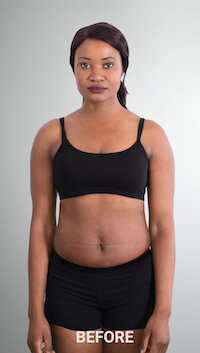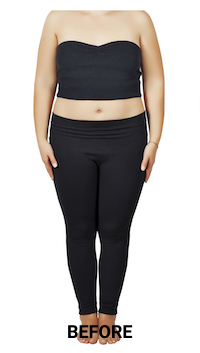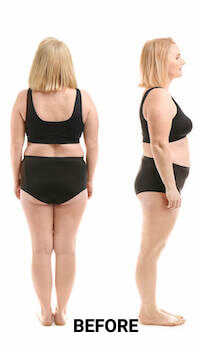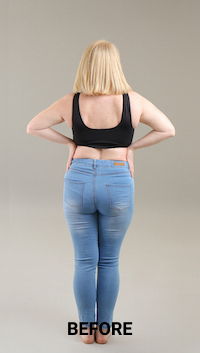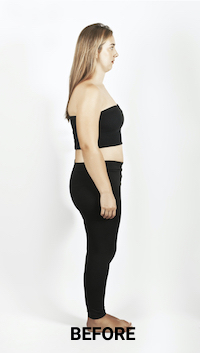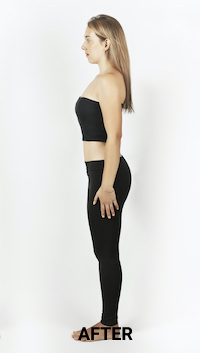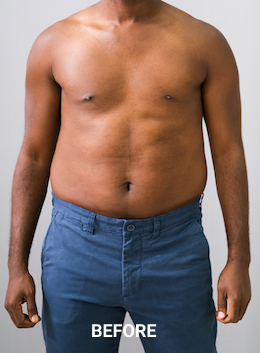Making adjustments to our postural habits plays an important role in maintaining long term health as well as preventing pain and injuries. I have worked with many clients to help alleviate common ailments incurred by day to day living as well as exercise. The goal is to align the position of the spine so its three natural curves (neck, mid/ upper back and lower back) are maintained but not increased. Optimal posture allows for the line of gravity to pass through specific body parts. Initially, I start new clients with a posture analysis which enables me to assess posture, symmetry and rotations/ tilts from anterior, posterior and lateral views.
During this assessment I observe:
- head alignment
- cervical, thoracic and lumbar curvature
- shoulder level symmetry
- pelvic symmetry
- hip, knee and ankle joints
After making these observations, I can work with the client to put in place exercises which help align the musculoskeletal system, reduce pressure on the spine, increase flexibility and improve balance. Over time, improving the balance of muscles from left to right and from front to back via the correct exercises leads to postural correction that lasts through training new and improved motor patterns.
To assess whether you think you would benefit from postural correction you can complete a quick test yourself. When sitting: your feet should rest flat on the floor, with even weight on both hips. Your back should be mostly straight (aside from the natural curves in your lumbar, thoracic and cervical areas). Your shoulders should be back but relaxed and your ears should line up over your collarbones. When standing: your legs should have a slight knee bend so you’re not hyperextending or locking your knee joints. If you complete these activities and find them difficult to initiate or maintain it would be worth getting in contact to see how we can work together to prepare an exercise prescription catered to your needs.
Ultimately, the body needs to be aligned and balanced in such a way that your body structures are properly supported and protected. This reduces the strain on muscles, joints and spine which in turn decreases pain and injury. The health benefits of improved posture are endless and can help to improve everything from digestion to mood as well general muscle and joint function. Poor posture puts your body into an unnatural position which impacts on certain abdominal muscles which interferes with proper digestion, increasing the risk for acid reflux and other digestive issues. Your brain and body have two-way communication, meaning that your mood can impact your posture and your posture can affect your mood.
Once postural correction methods are in place, the impact can really be felt during exercise. For example, having an engaged core and neutral spine during a squat will help prevent injury and get greater effectiveness from the exercise. By focusing attention on proper alignment, workout results really become apparent. Over the years I have coached many individuals who were initially skeptical about the potential impact of postural correction but I’m glad to say once they commit to the exercises, the benefits become quickly apparent.
